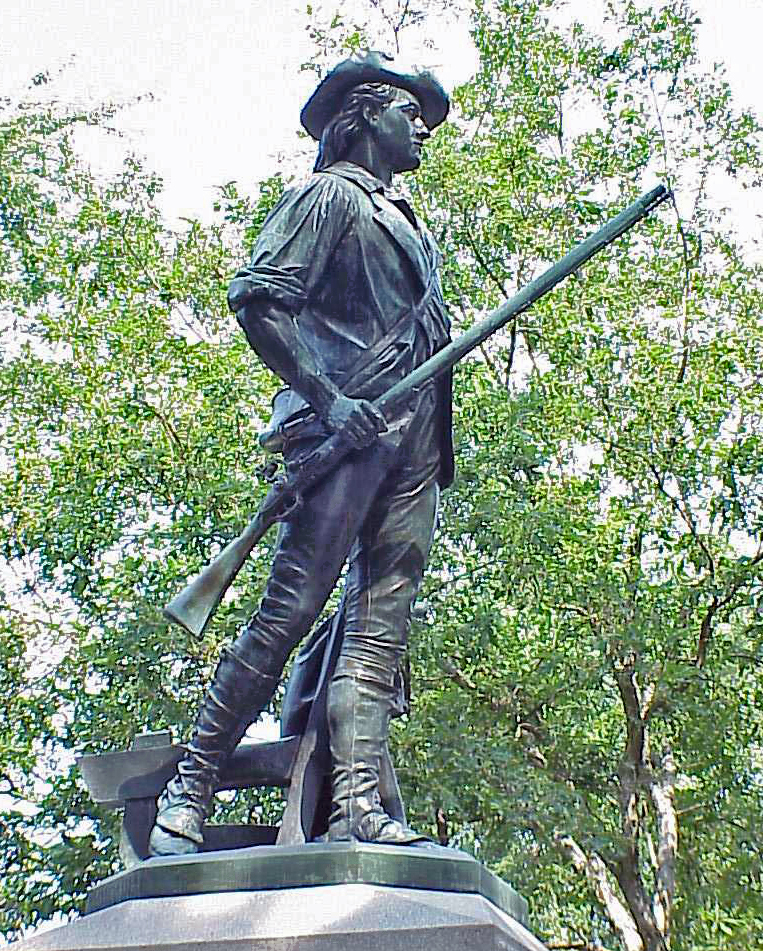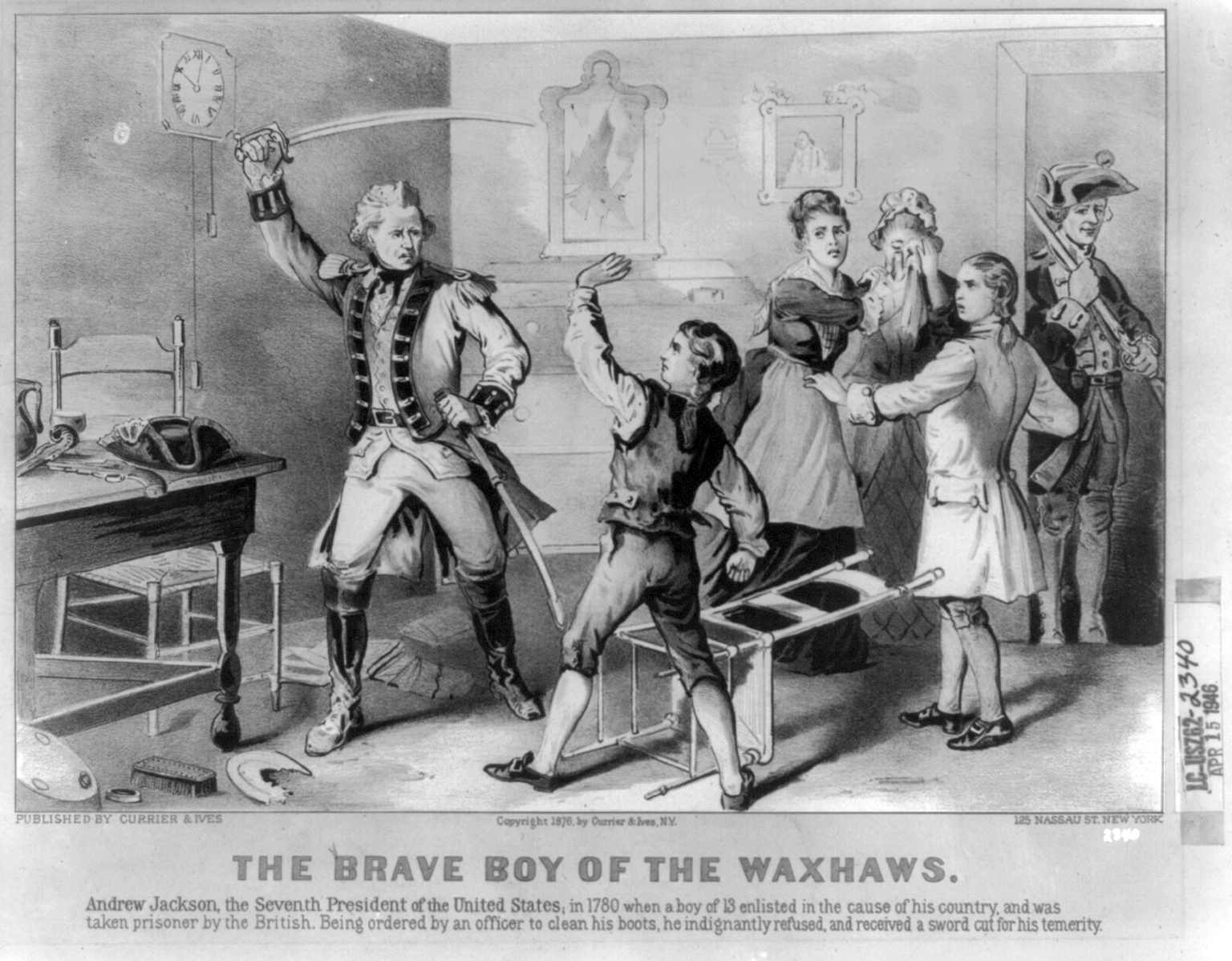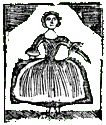Visiting Moll Pitcher, the Fortune-Teller of Lynn
To visit the fortune-teller Mary “Moll” Pitcher, chroniclers of Lynn wrote, people looked for the house of Dr. Henry Burchstead. He was the [grand]son of a physician from Silesia, and he built a large house on what is now Essex Street.
More notably, Burchstead set up two large whale bones in the form of a “gothic arch” as his front gate. Alonzo Lewis, followed by other authors, said that visitors to Lynn embarrassed to have people know they were consulting Pitcher would instead ask for directions to “the bones of the great whale.”
There’s one problem with those directions, however. According to a genealogy published in the Massachusetts Magazine in 1910, Dr. Henry Burchstead died in 1755, five years before Moll Pitcher married and decades before Lewis and those other chroniclers lived. [CORRECTION: The Dr. Burchsted who died in 1755 was succeeded by his son, another Dr. Henry Burchsted, who lived to 1807. The younger man set up the whalebone gate.] James R. Newhall’s 1897 expansion of Lewis’s history of Lynn said other doctors took over that house: Dr. Peter G. Robbins in 1805 and Dr. Richard Hazeltine in 1817. But it’s not clear who lived there from 1755 to 1805, covering the bulk of Moll Pitcher’s career. In any case, people looked for the whale bones.
Lewis described “the humble dwelling of Molly Pitcher, which stood on what was then a lonely road, near the foot of High Rock.” A less flattering, secondhand description of Pitcher published in the 12 July 1879 Boston Traveller and reprinted in the 15 July New York Times said the house was
a black two-story hovel, which stood in a large field, familiarly called in those days the Pitcher field. There was a well-beaten pathway running from the old rickety gate up to the single door. Before the door, was placed an irregular block of stone, and even that, to the superstitious, had its terrors. . . .In the March 1899 Essex Antiquarian, Sidney Perley published a picture of the Pitcher house “as it formerly appeared.” It looks like it had one story and an attic, four windows in front, and a small extension on the left side. That picture shows a standard Georgian center door while the 1879 article stated the “single door…stood to the extreme left of the house and opened into a small entry-way, which, in turn, opened into a rather larger room, where Moll received her visitors. There were two small rooms adjoining this large one, where were used for various purposes.” Those two reports seem incompatible.
The field where the cottage stood has been filled with nice dwellings, and there is not a sign left of the mysterious dwelling-place…except the remodeled hovel which stands in the rear. It has been materially changed and would scarcely be recognized.
Perley included three other relics of Mary Pitcher: her signature from some 1770 document, a black bonnet she was known to wear, and a table.
The Essex Institute, owner of this table, is now part of the Peabody Essex Museum in Salem. I wonder if Moll Pitcher’s table is still in its inventory, and if it gets brought out during Salem’s witch tourism season.
TOMORROW: The exposé.


















